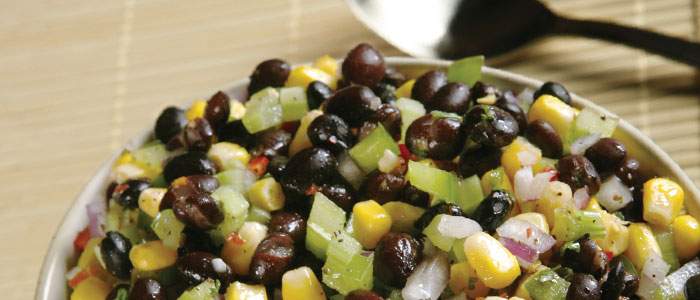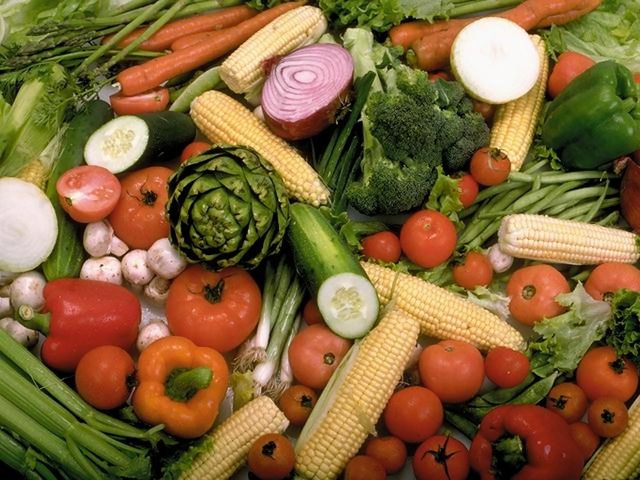
Foods that contain carbohydrates can be appraised on a scale called the glycemic index table (GI). This scale positions carbohydrate-containing foods in view of their impact on glucose levels over time.
Sugar-containing foods are contrasted. The glucose of the white bread has a GI score of 100. The GI thinks about foods that have a similar measure of sugar, by grams. Sugars that separate rapidly have a higher glycaemic record (GI more than 70). These high GI starches, for example, a heated potato, discharge their glucose into the blood rapidly.
Sugars that separate gradually, for example, oats, discharge glucose progressively into the circulation system. They have low glycemic index (GI under 55). The blood glucose reaction is slower and doesn’t compliment your body. Low GI foods draw out absorption and help with satiety (feeling full).

The Glycemic Index
Nutritionists believe that every sugar content in the food can be processed rapidly. This will cause a quick ascent in glucose, especially for starches-containing food. Yet, that is not generally the situation. There are sweet and sugary food which has the medium GI. Some of the foods that taste less like potatoes or white bread have a higher GI.
The glycemic index will only show the sugar content of the food. This clarifies why you won’t see nourishment like crisp meat, chicken, fish, eggs, and cheddar in glycemic index. Nonetheless, you may find some handled foods like wieners or chicken strips in a GI list since they contain flour.
The importance of GI
Your body performs best when your glucose is kept generally steady. If your glucose drops too low, you wind up lazy as well as experience expanded yearning. Also, if it goes too high, your cerebrum flags your pancreas to discharge more insulin. Insulin brings your glucose to withdraw. Yet by changing over enough sugar, you can put away fat. Additionally, the increase of glucose will allow your body to discharge more measure of insulin. This will drive your glucose to withdraw too low.
Using GI as dietary plan
The GI can be used as a guide in choosing the right foods and beverages. You can achieve the Healthy Eating habit as long as you know about the restrictions. The glycemic index of some ordinary foods like organic products, vegetables, and oats can be higher than foods like cakes.
Healthy eating habits do not mean to replace the natural foods. Glycemic index can be a valuable idea in settling on great food substitution. Having oats rather than cornflakes, or eating grainy bread rather than white bread. Picking the wholegrain or higher fiber alternative will likewise mean you are picking the lower GI choice.
It is not generally conceivable or important to pick all low GI foods. There is room for a solid eating regimen for direct to high GI foods. A large number of these foods can give the vital supply of supplements. If you blend a low GI food with a high GI sustenance, you should get a medium GI food in the next meal.
If you have a health condition, like diabetes, it is vital to have yourself checked by your specialist before changing your diet.






